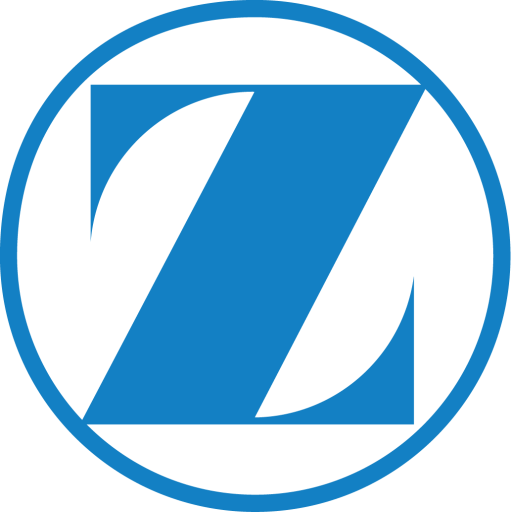Offer the
freedom of
movement
The TetherTM Vertebral Body Tethering System
Offer the
freedom of
movement
The TetherTM Vertebral Body Tethering System
Before Surgery



Treatment options for paediatric patients suffering from idiopathic scoliosis are limited.
For patients with a progressive scoliosis, that have failed bracing or become intolerant to brace wear, the most common surgical option is spinal fusion.
Before Surgery



Spinal fusion has proven to be a successful treatment option for idiopathic scoliosis, however it is not without its drawbacks.
Reported clinical challenges of spinal fusion include 1-2:
Limited motion
Arrested growth
at the levels treated
Disc degeneration in
adulthood
After Tether Surgery



For patients that would otherwise be treated with spinal fusion, The Tether Vertebral Body Tethering System may now offer an alternative option.
The Tether replaces stiff metal rods with a flexible cord designed to offer greater post-operative mobility, continued spinal growth and secondary curve correction based on the Hueter-Volkmann Law3.
After Tether Surgery



As spinal mobility is inherent to The Tether’s design concept, it is intended to allow paediatric patients to continue or return to activities that might otherwise be difficult following spinal fusion.
Surgery is also typically performed via a minimally invasive thoracoscopic approach, associated with shorter operating times, hospital stays and quicker return to normal activities4-5.
How The
Tether works
The Tether is intended to treat skeletally immature patients with a main thoracic curve (Lenke Type 1) with a major Cobb angle of 30° to 65° whose osseous structure is dimensionally adequate to accommodate screw fixation*.
How The
Tether works
The Tether is intended to treat skeletally immature patients with a main thoracic curve (Lenke Type 1) with a major Cobb angle of 30° to 65° whose osseous structure is dimensionally adequate to accommodate screw fixation*.
Patient outcomes6
100% of patients with pre-op Cobb angle >45° were considered a study success.
Defined as major Cobb angle of ≤ 40° at 24 months post-op.
n=57 patients
To read the full patient outcomes,
request our white paper today.
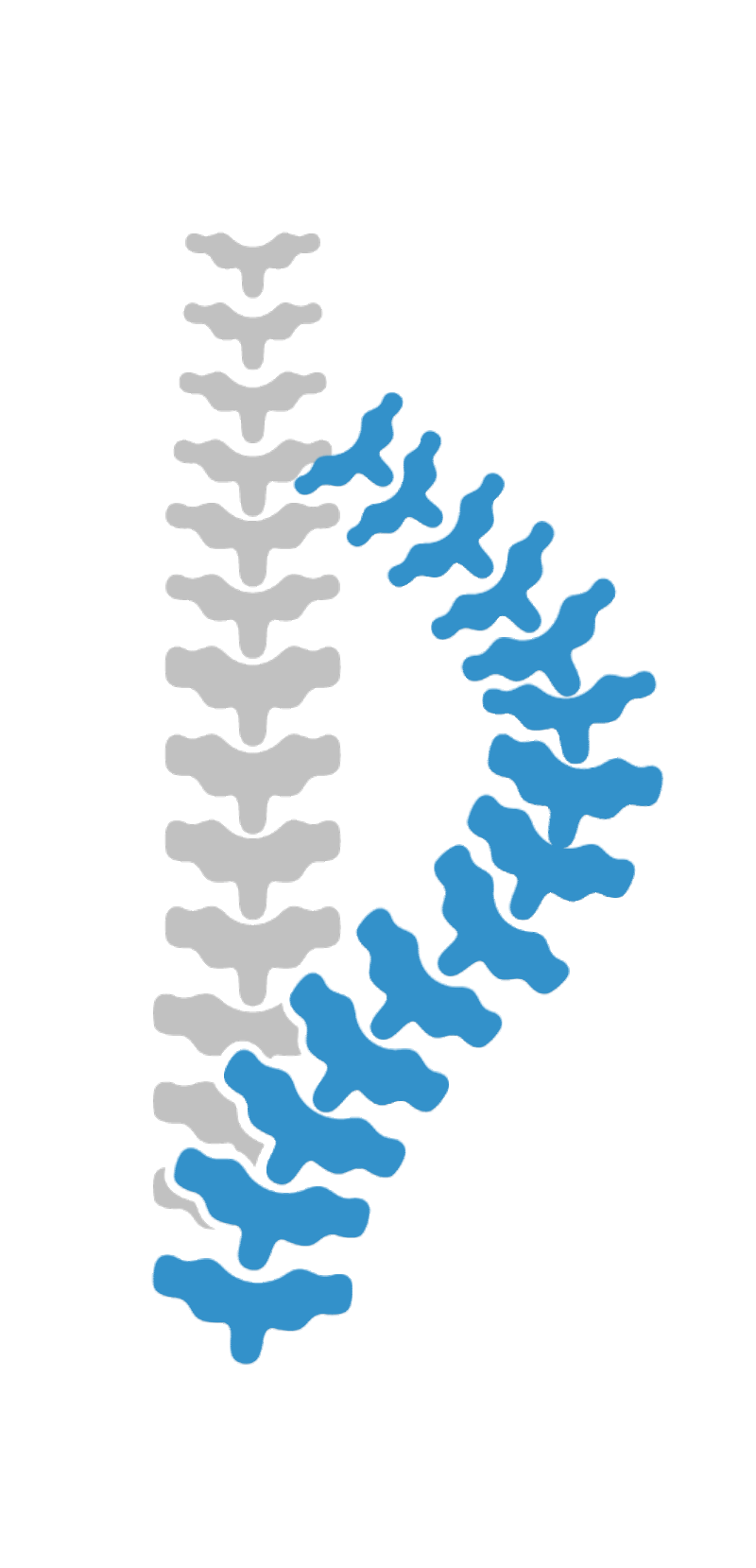
Patient outcomes6
Mean Cobb Angle Improved 65%
From 40.4 degrees to 14.3 degrees at 24 months post op.
n=57 patients
To read the full patient outcomes,
request our white paper today.
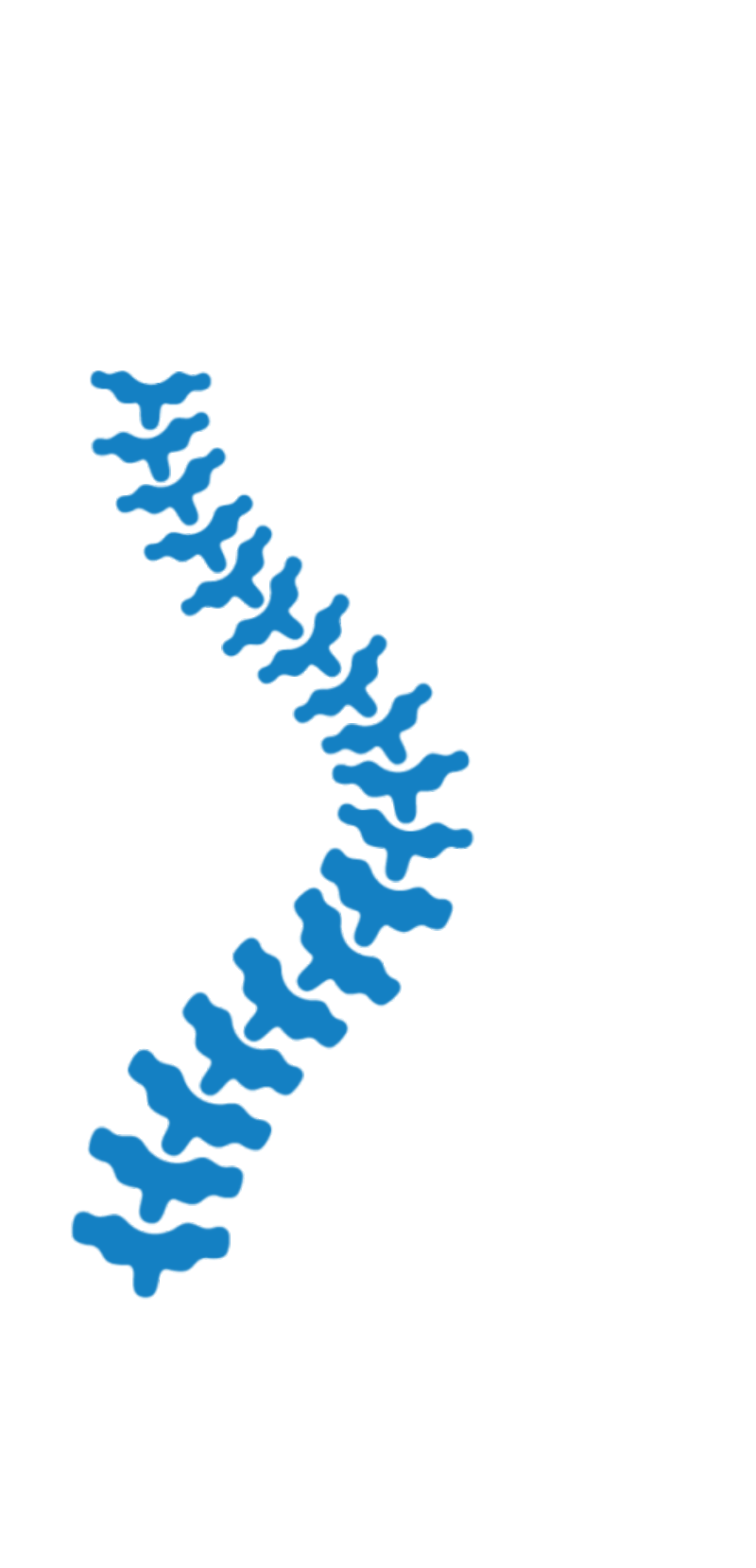
Patient outcomes6
36% and 45% axial trunk rotation improvement
From post-op to last visit (mean 51.3 months).
n=57 patients
To read the full patient outcomes,
request our white paper today.
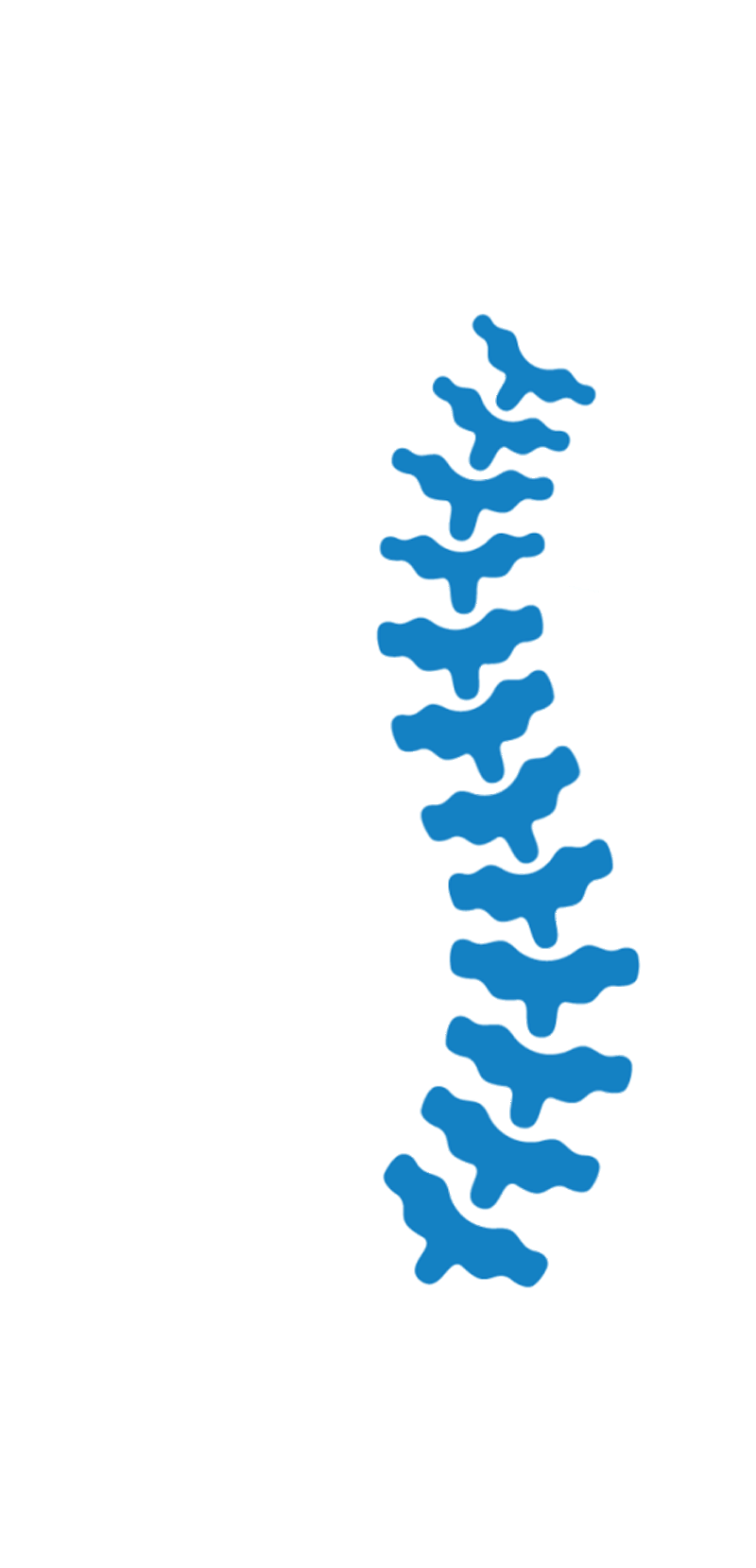
Patient outcomes6
92.8% success rate at a mean 49.8 months.
Defined as achievement of a Cobb angle ≤ 40 degrees at 24+ months post-surgery.
n=57 patients
To read the full patient outcomes,
request our white paper today.
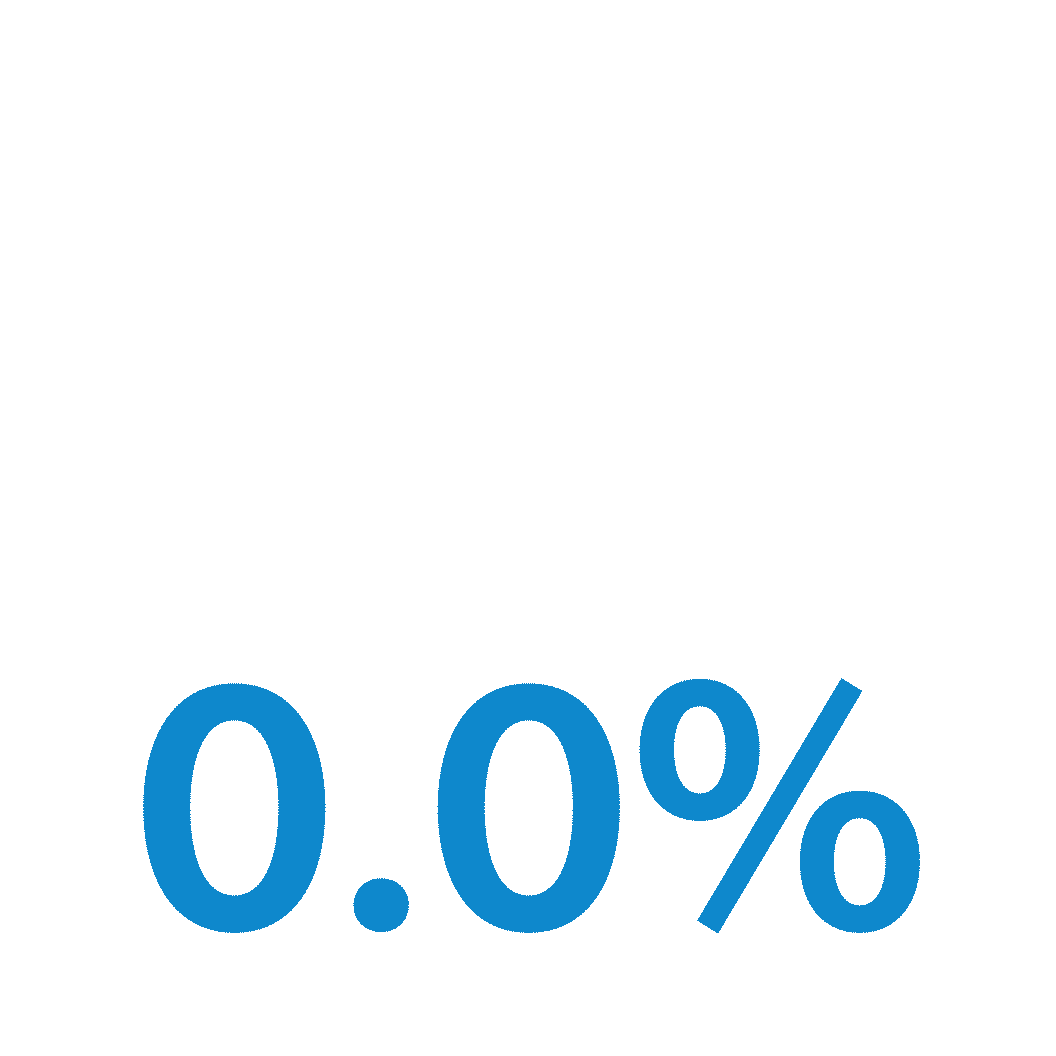
The Tether
Education Pathway
To ensure the safe and effective use of The Tether, Zimmer Biomet offer a certification programme of medical education training via the Zimmer Biomet Institute.
Using a Hybrid format of digital and in-person learning modalities, The Tether Educational Pathway is intended to certify new users of The Tether Vertebral Body Tethering System.


The Tether
Education Pathway
To ensure the safe and effective use of The Tether, Zimmer Biomet offer a certification programme of medical education training via the Zimmer Biomet Institute.
Using a Hybrid format of digital and in-person learning modalities, The Tether Educational Pathway is intended to certify new users of The Tether Vertebral Body Tethering System.

I’d like to find out more
Please provide your contact
details and a team member
will be in touch.

